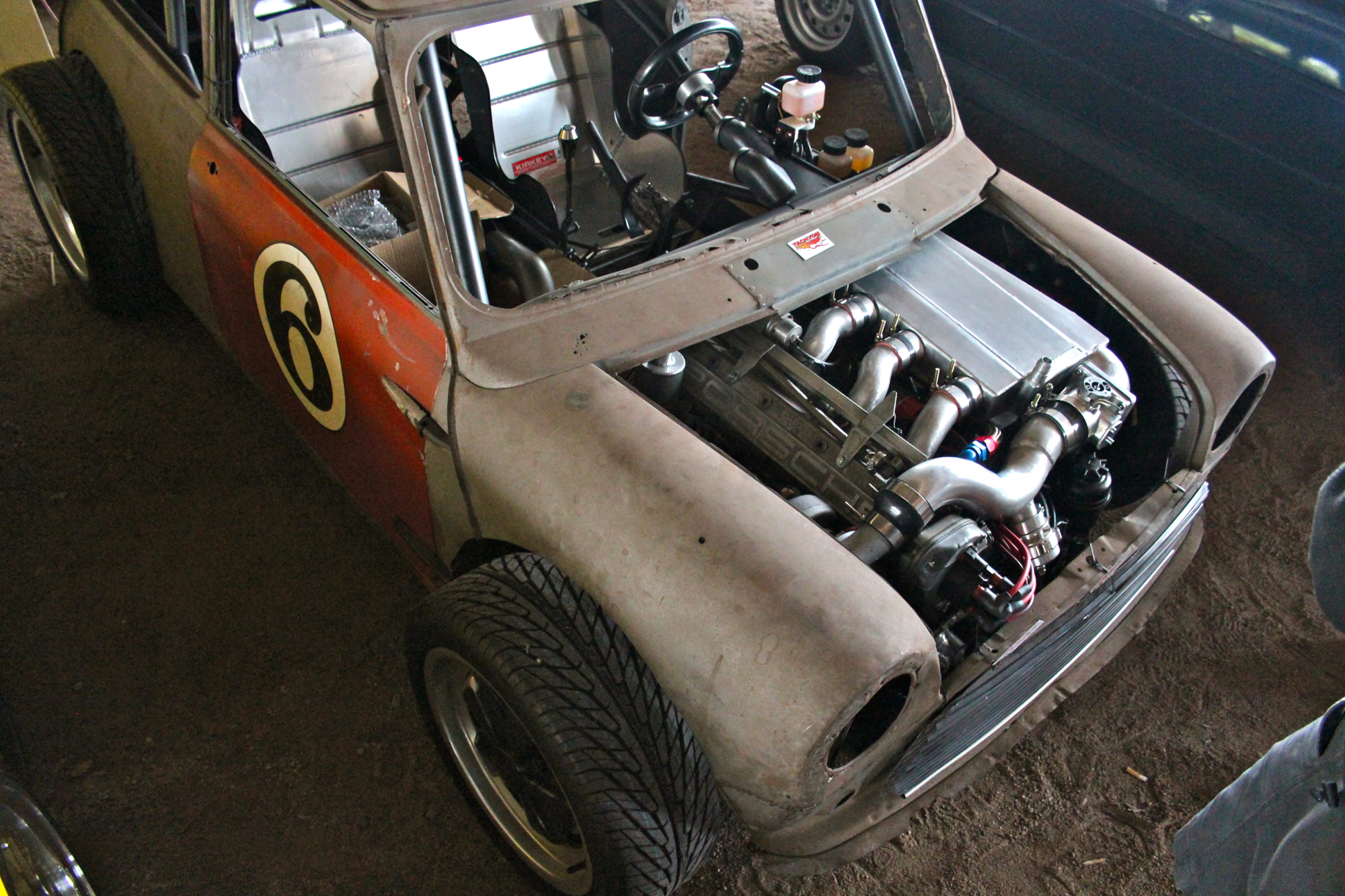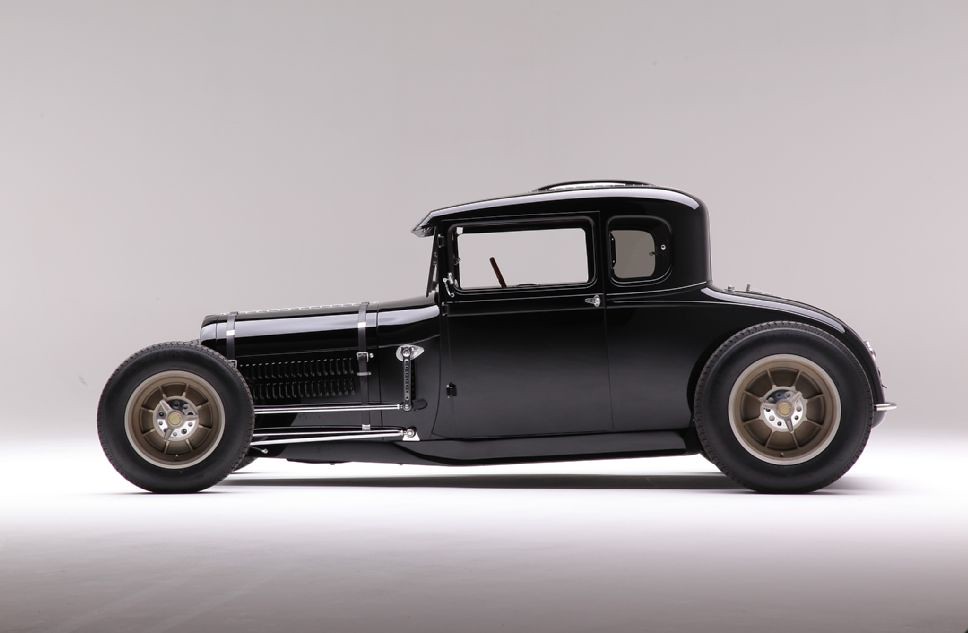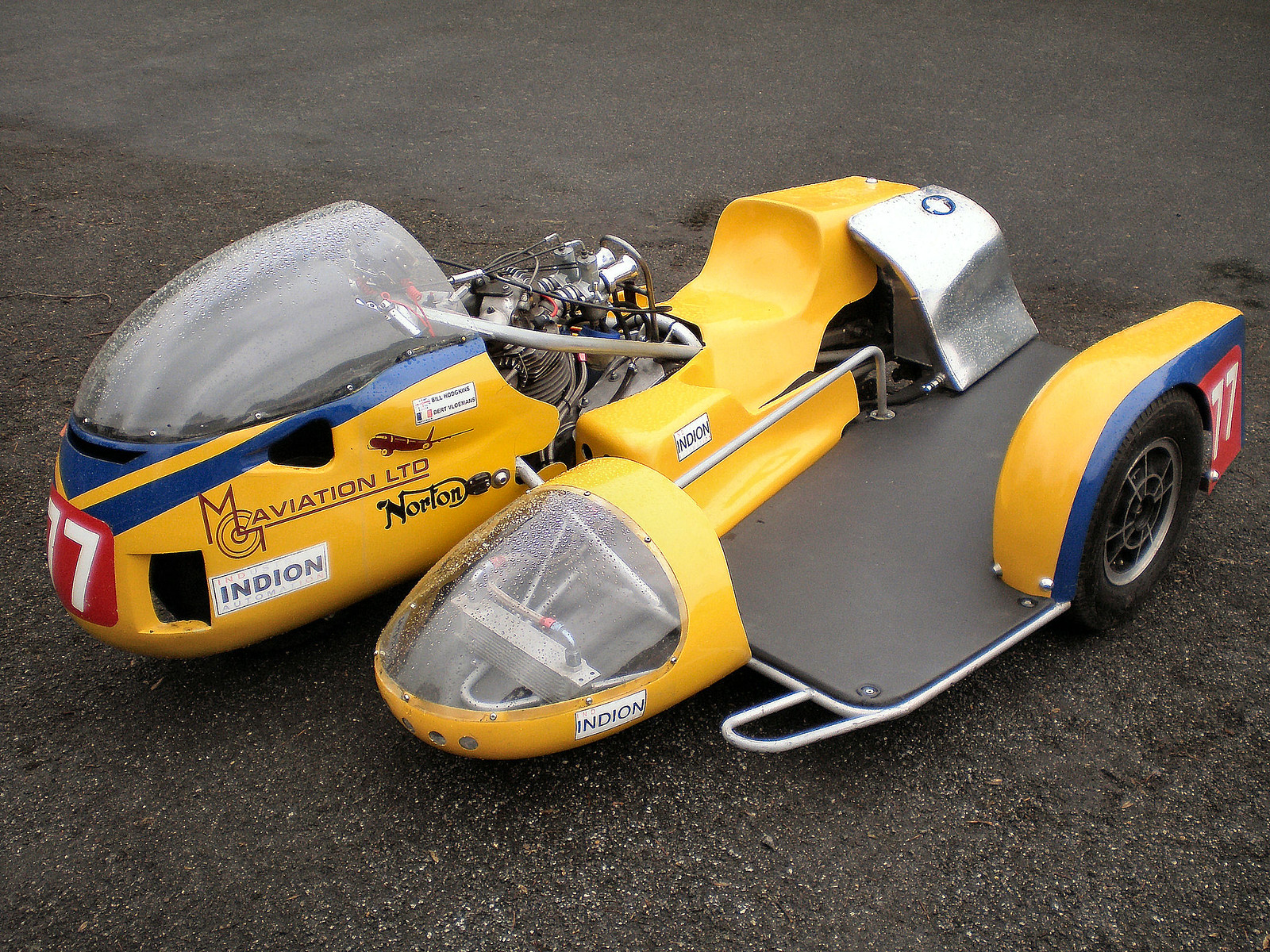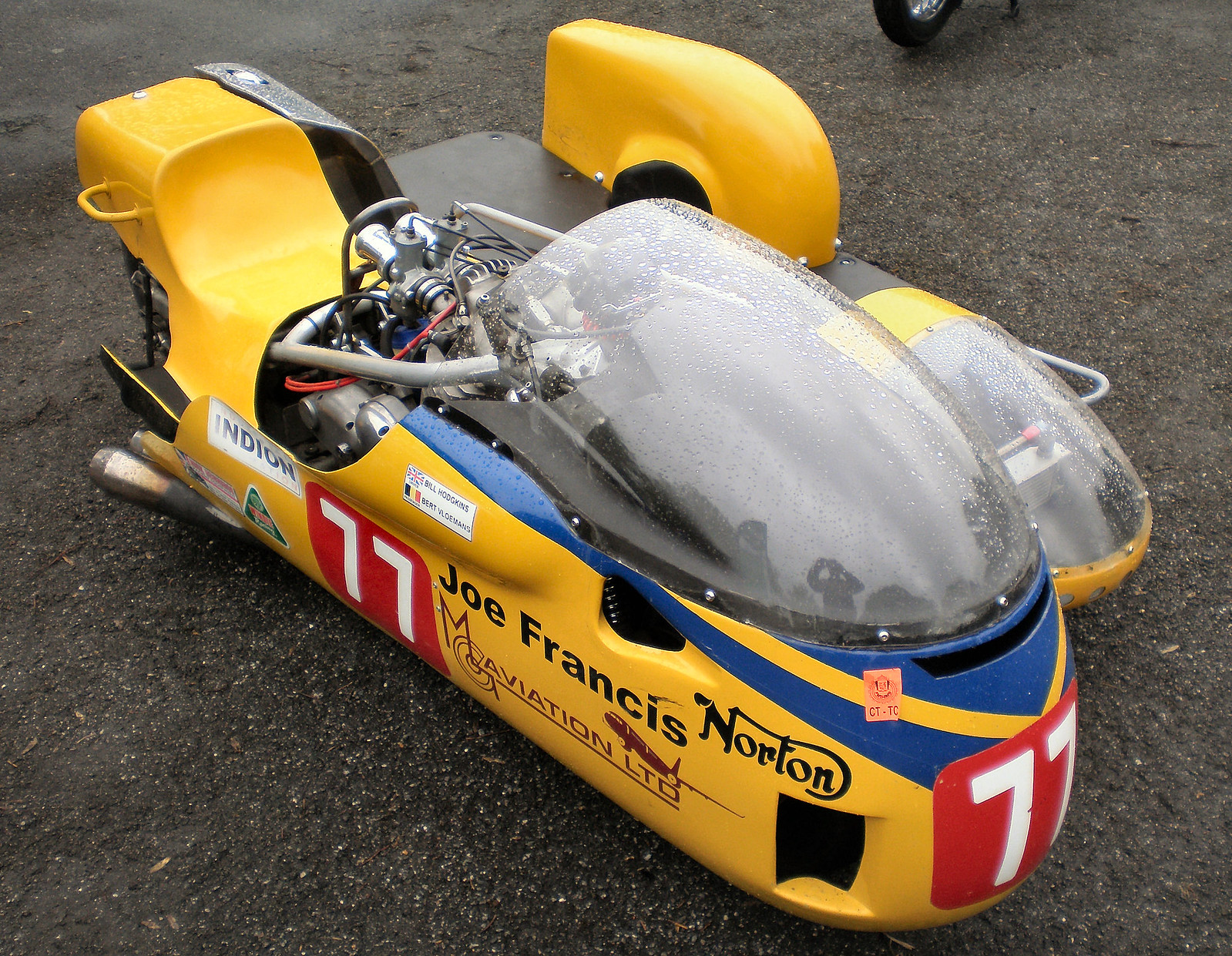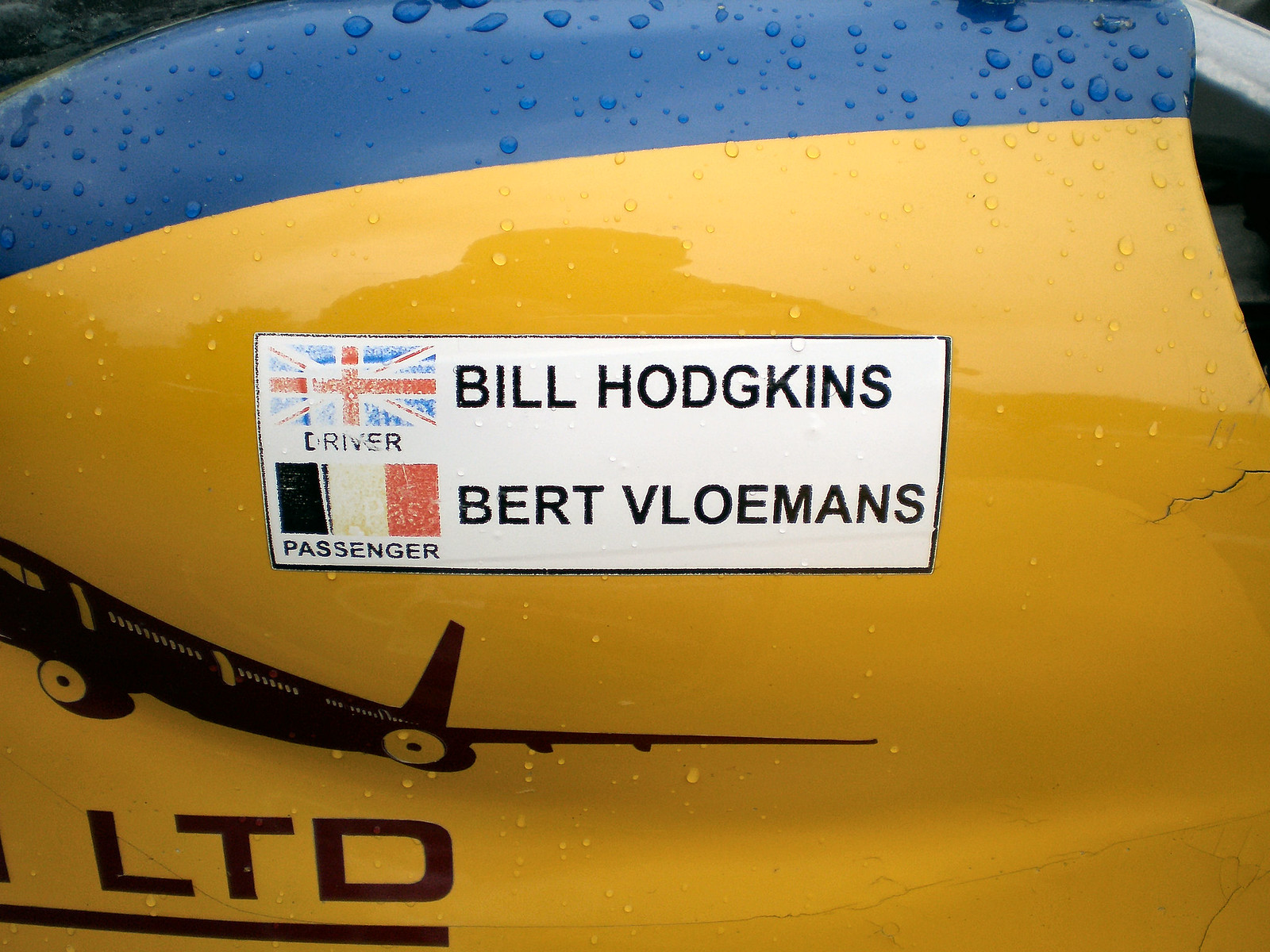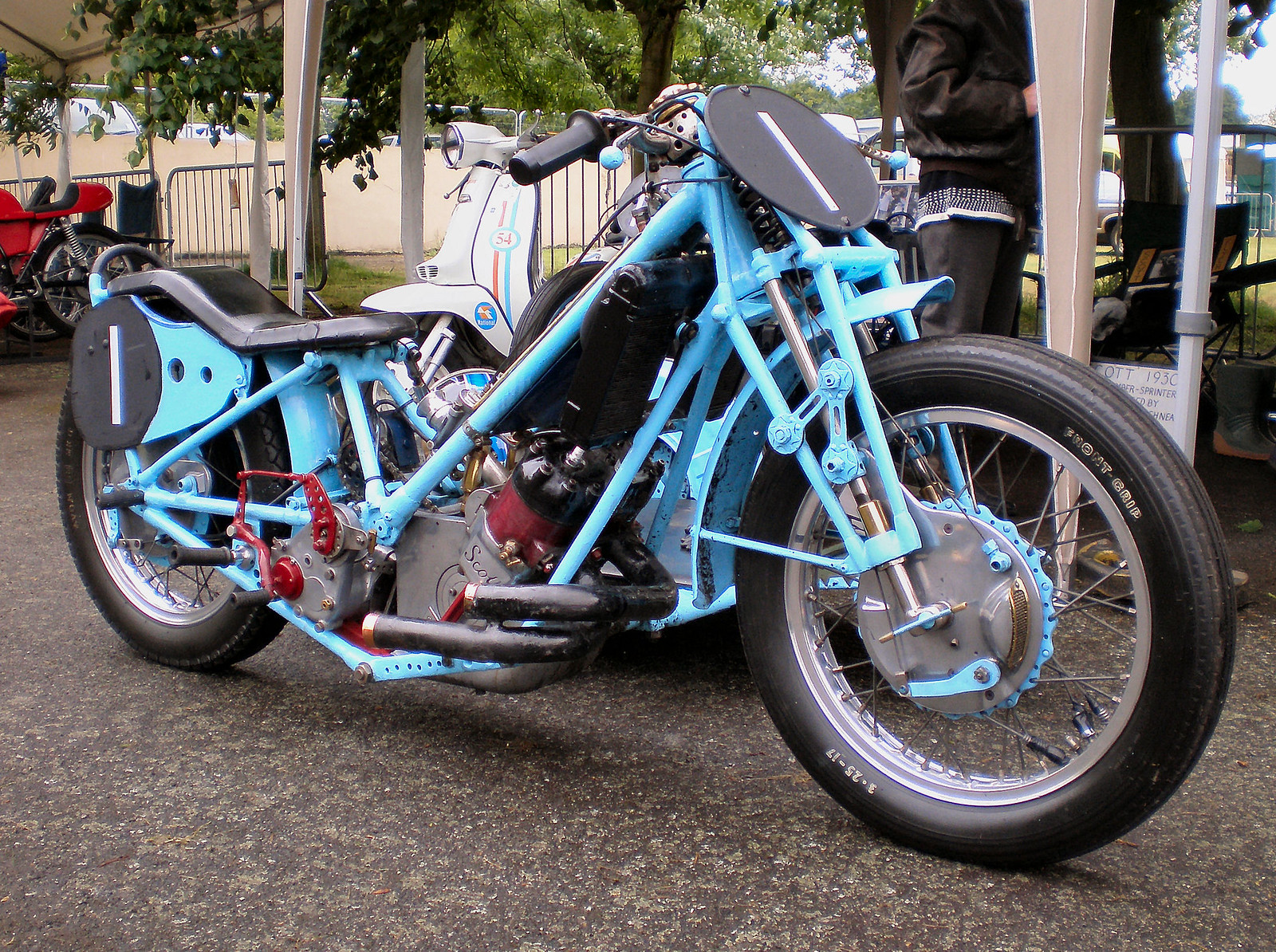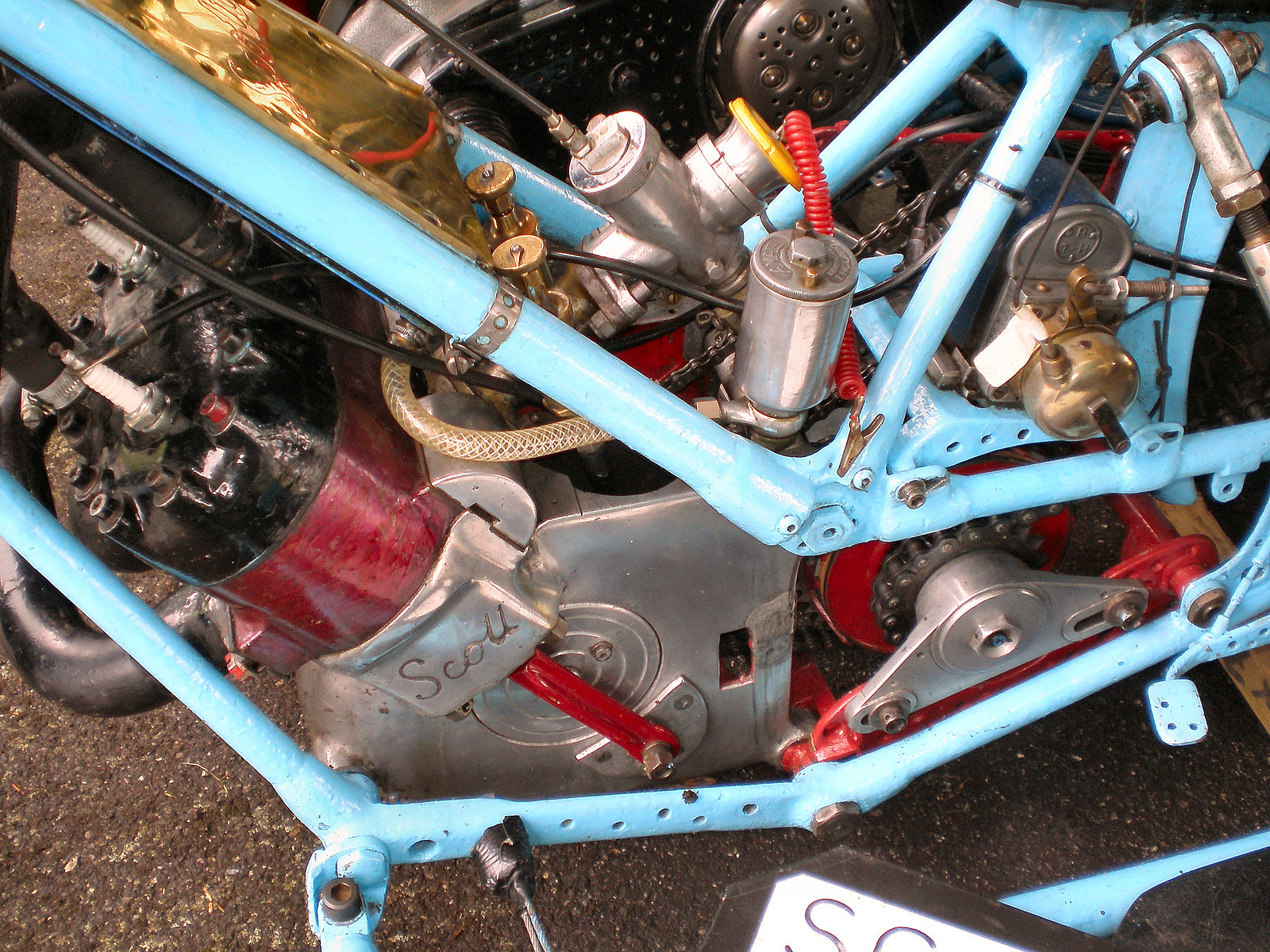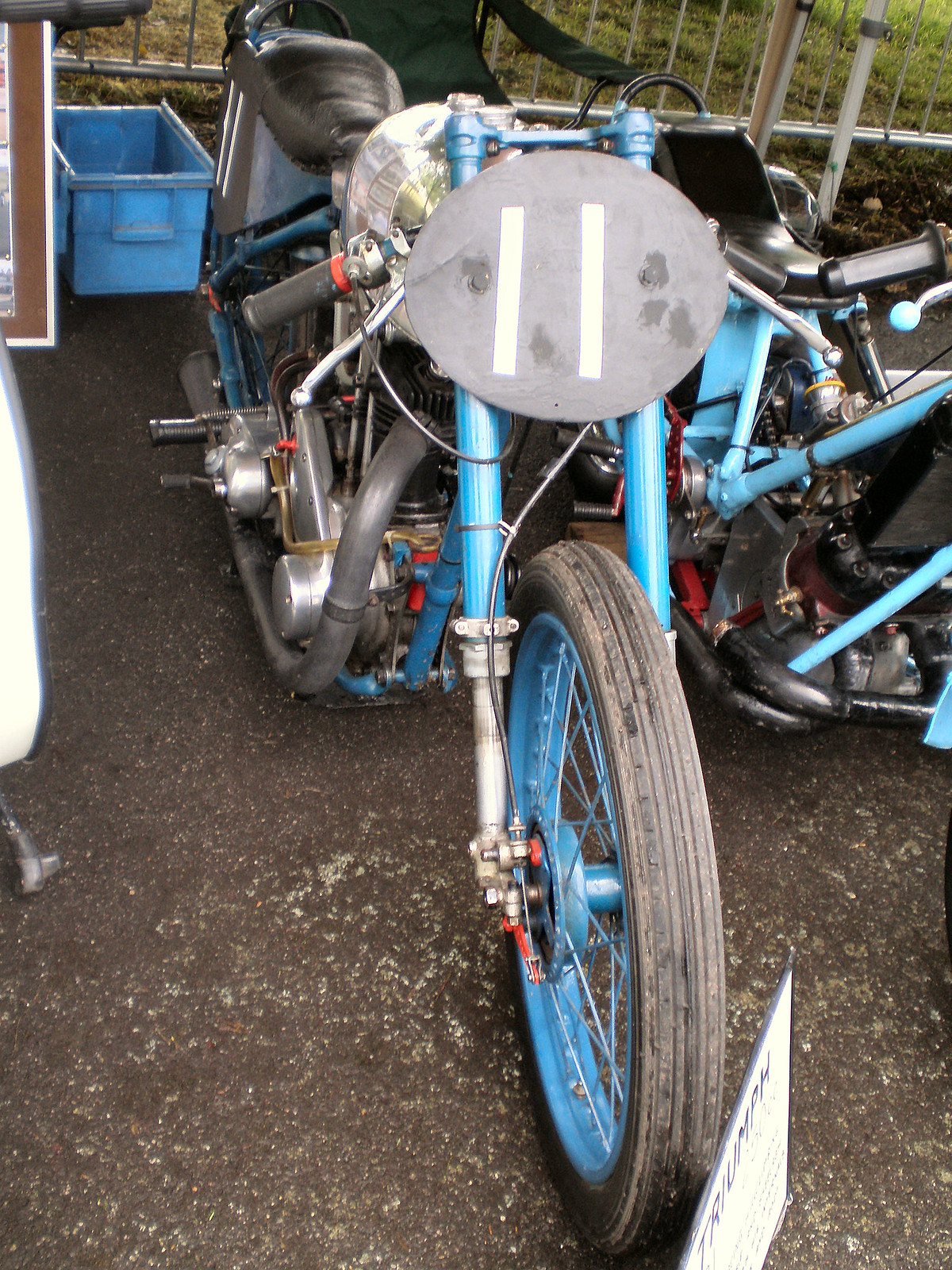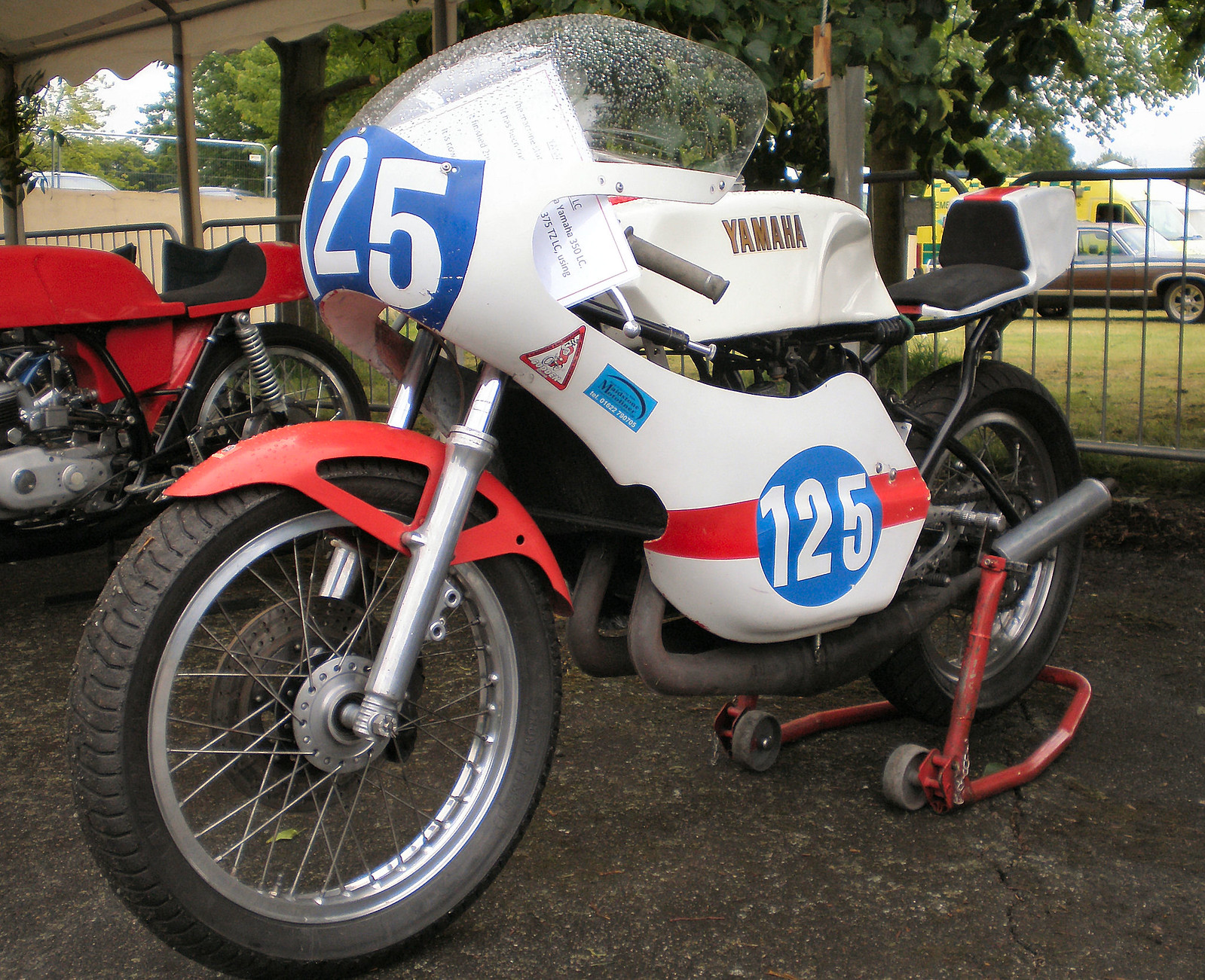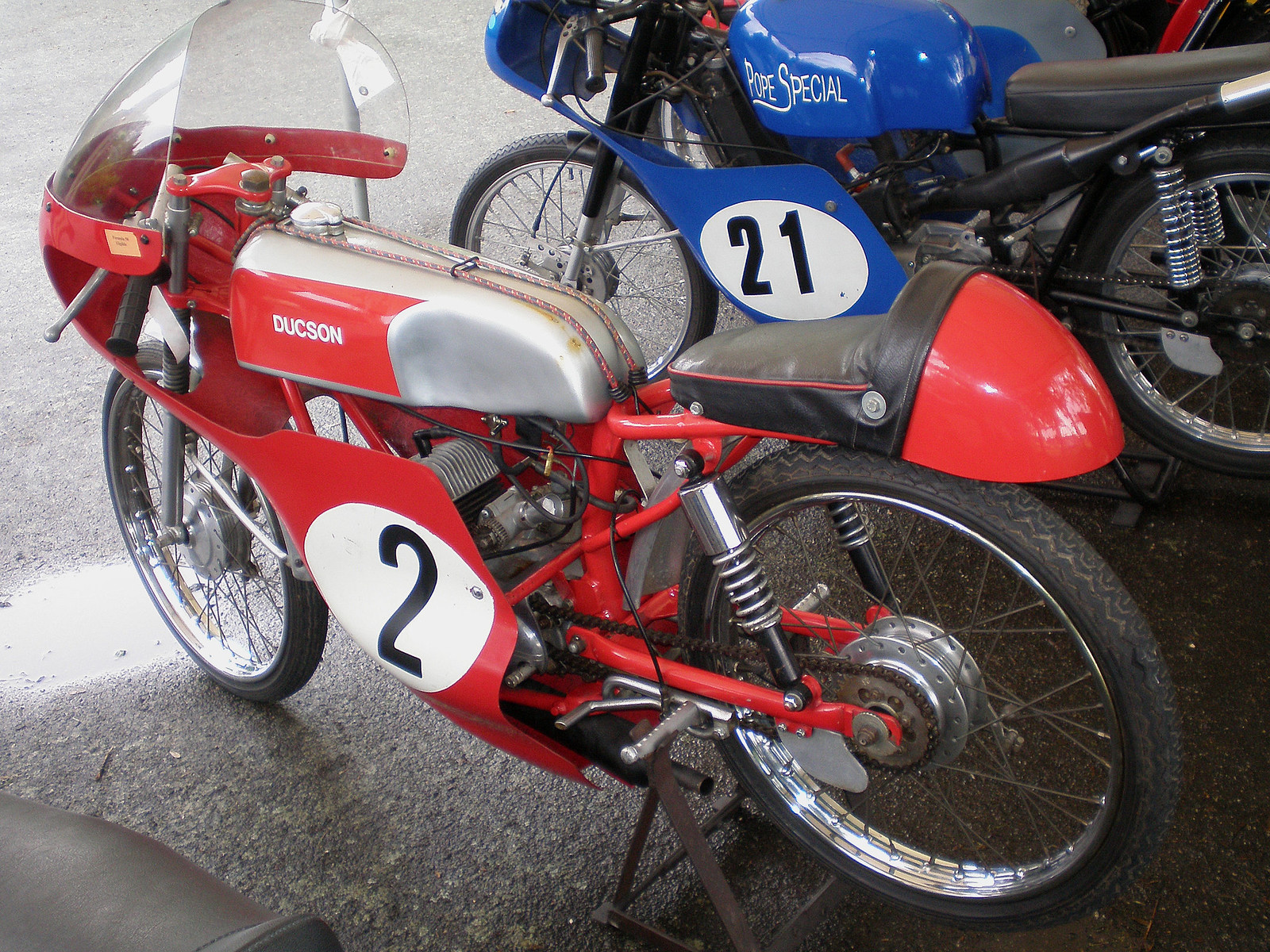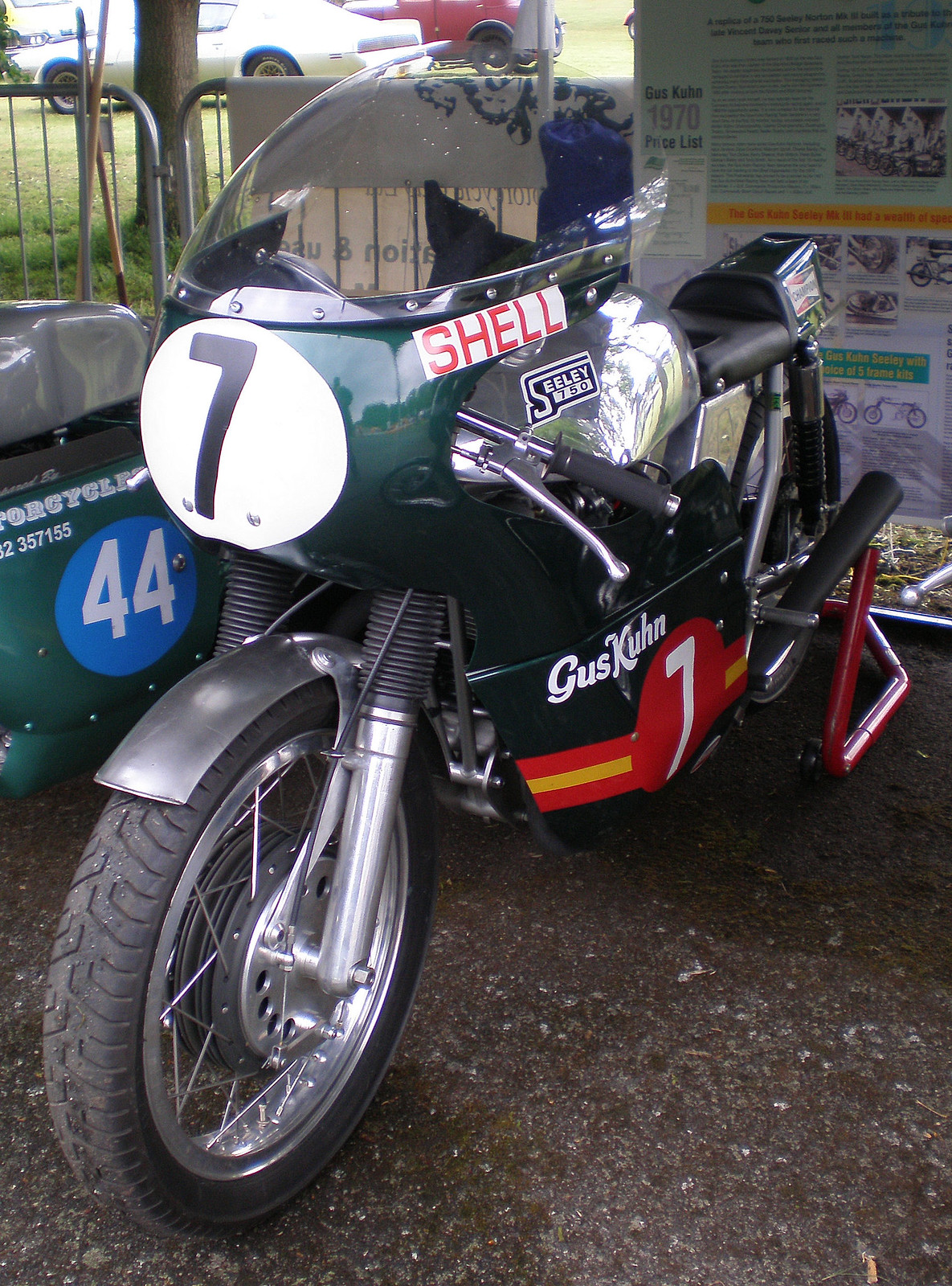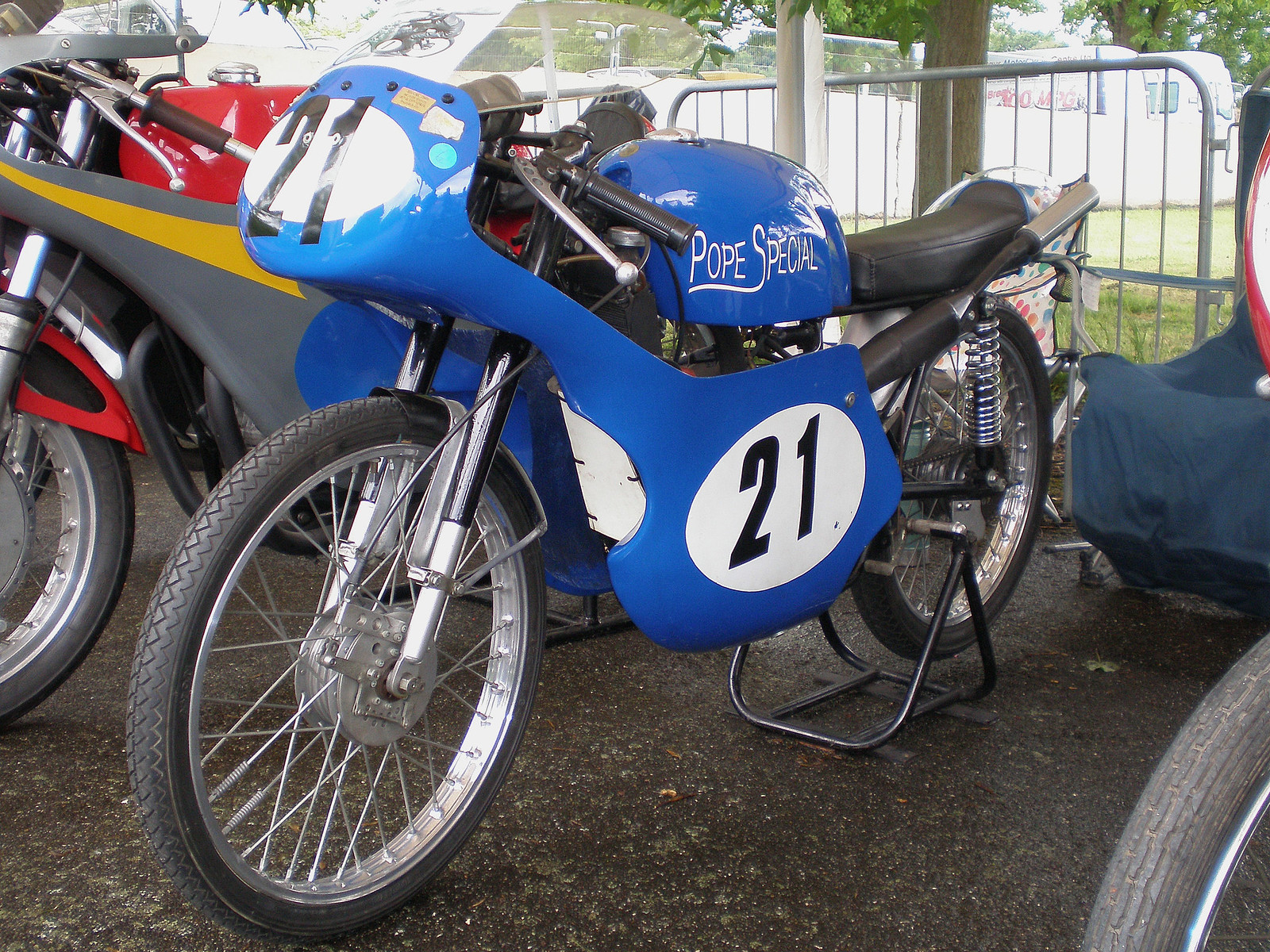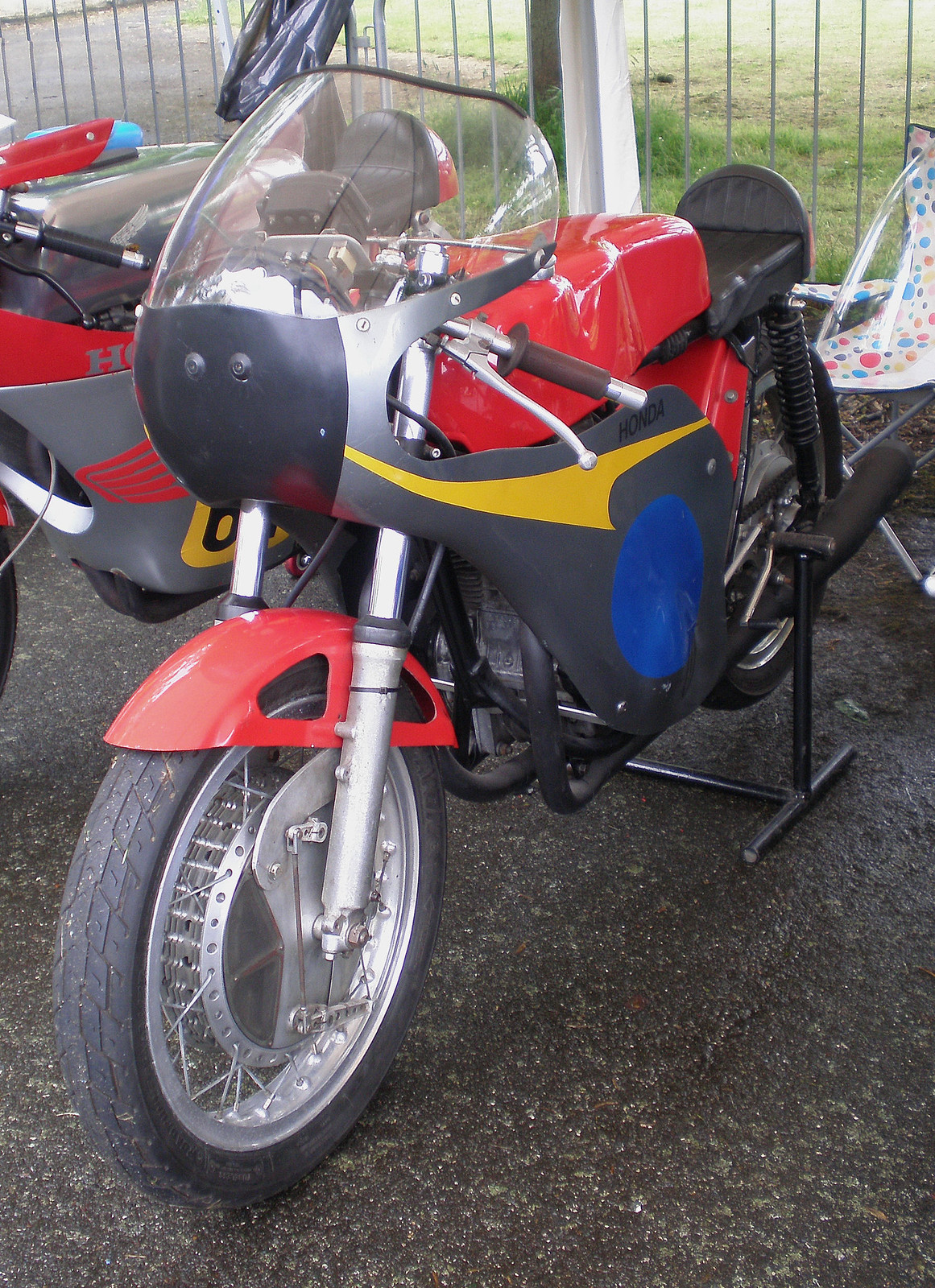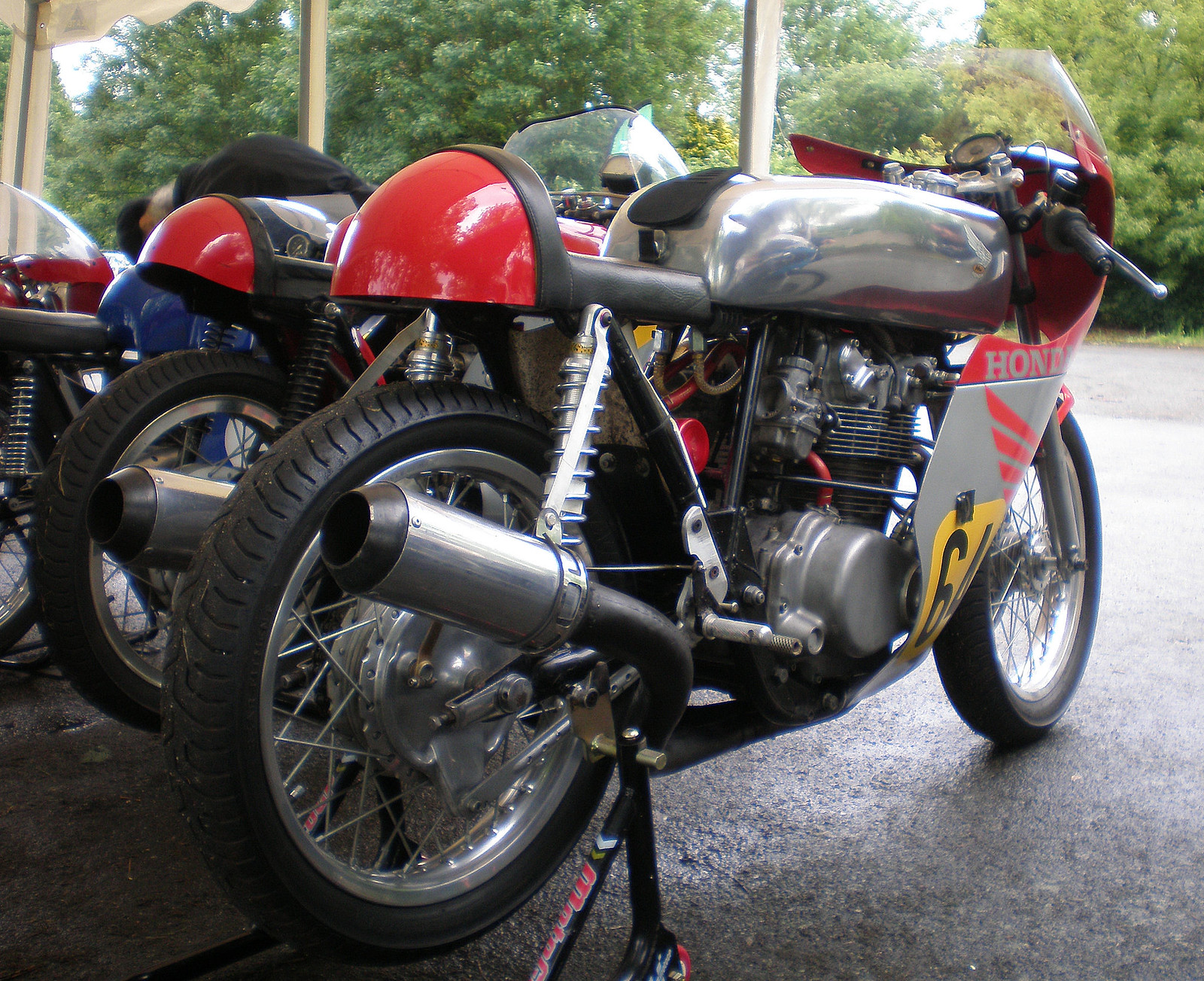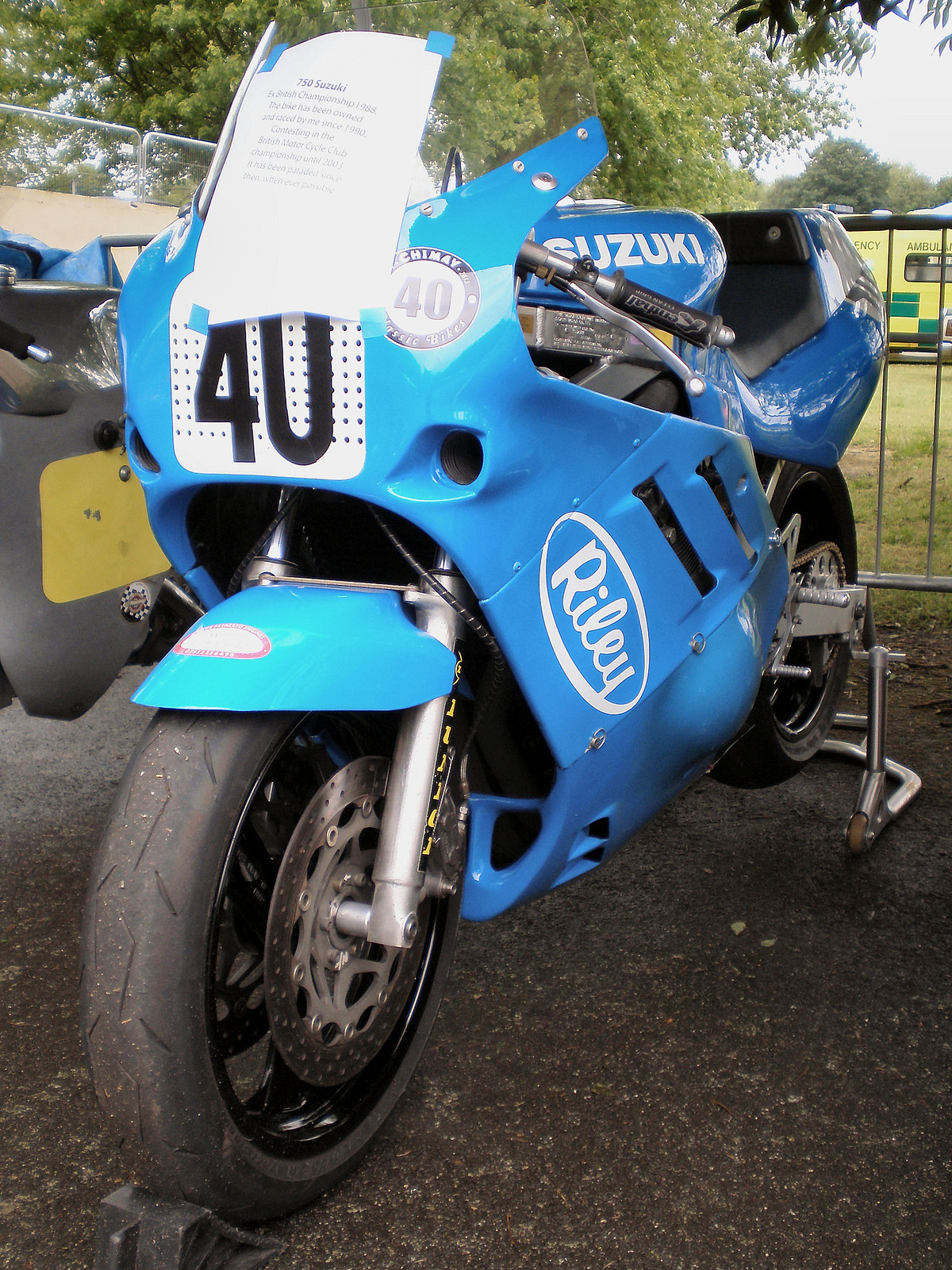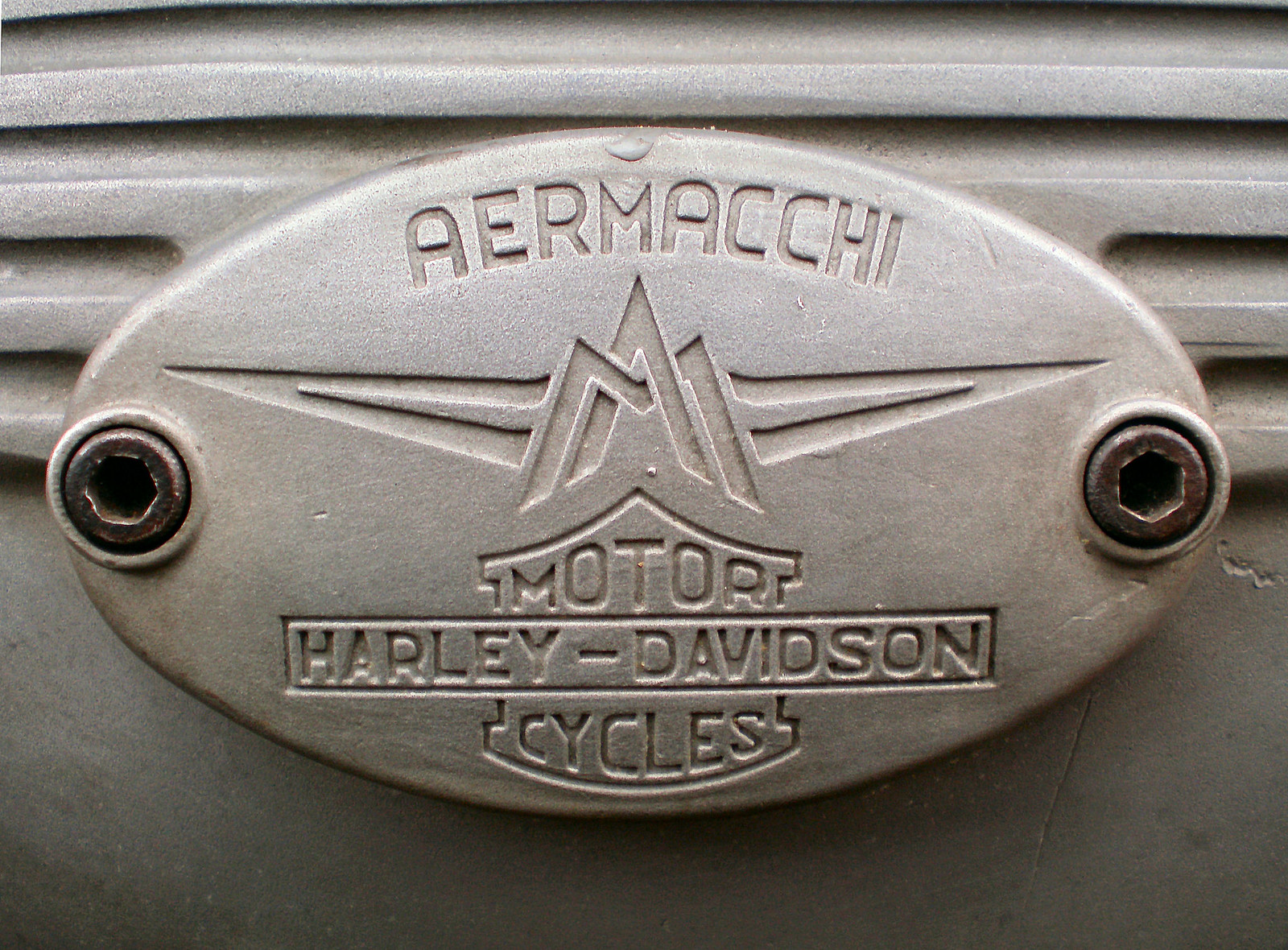Words: Amazosan
Pics: Kevin Kauffman, Ty Cobb, Tachyon Performance
Much to my annoyance I can't find much info on this car, even on the builder's (Tachyon Performance) website. But you don't need me to tell you it's a Mini body plonked on top of a whole heap of awesome.
But that really is simplifying it a little too much; the 'awesome' part underneath is a custom-built tube frame to house the engine and running gear from a Porsche 944 Turbo (fun fact: the internal codename for the 944 Turbo was Project 951, hence the title of the piece). And when I say running gear, I mean rear-mounted transxale, torque tube, the lot. To this base has been attached what looks like a post-'60 Mini MKI shell (small rear lights, recessed panels around front and rear screens), which is more than a wee bit narrower than a 924, let alone a 944. That stance is pure comedy, with the Fuchs wheels fully clear of the arches; the message that this Mutant Mini brings is a lot more serious though once the arches and those gorgeous OZ Mito rims are attached though.
Now, a standard 1985 944 Turbo puts out 217bhp and is good for 0-60 in 5.9 seconds and 162mph flat out; as well as stating the bleedin' obvious that its a good deal lighter with the new body on top, that engine looks like it's got a few more gee gees corralled in it than when it left the Neckarsulm factory (another fun fact: the same factory that NSU's used to be made in); at a guess, a bigger turbo, injectors to match and some killer airbox work.
Will it eventually be roadworthy? Your guess is as good as mine, but even if it never sees an open road, it would make crazy-insane hillcllimb ordnance.
- Amazosan
Later pictures with aluminium arches and OZ Mito split rims make it look madder still. Excellent:



